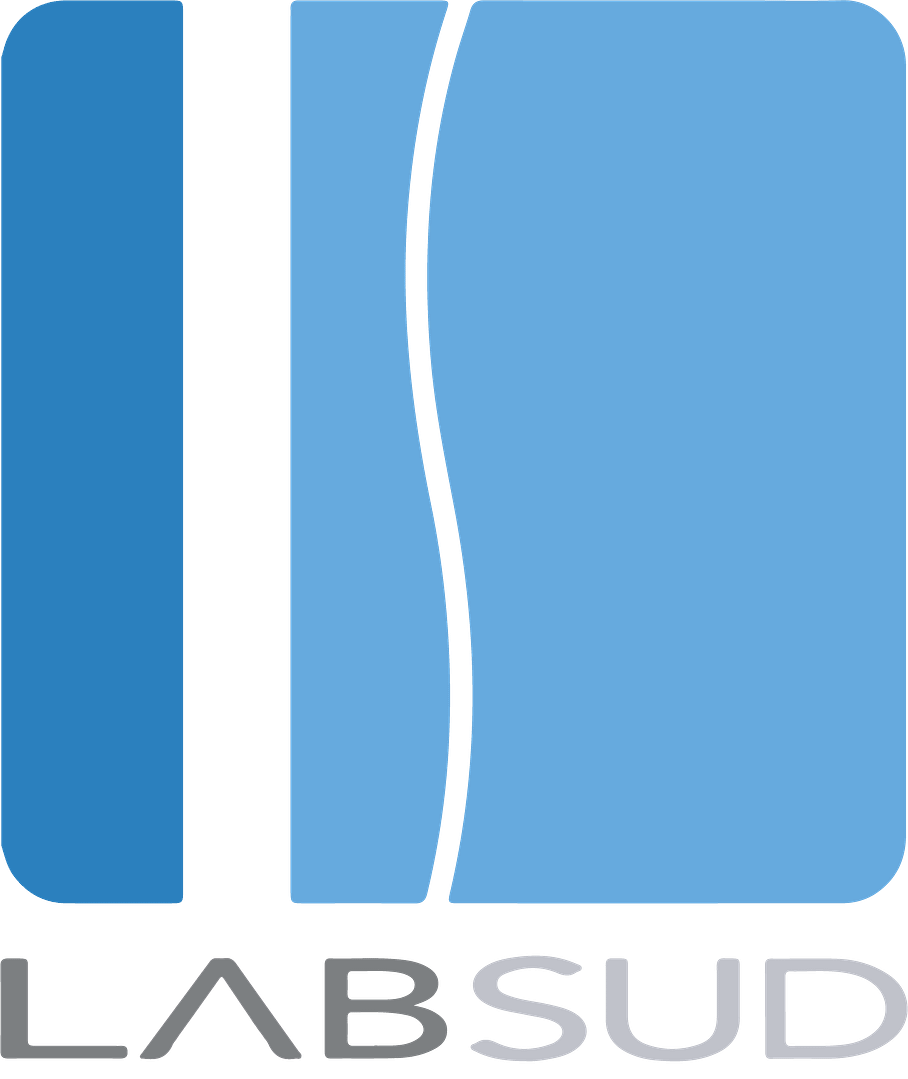I am immersed in the world of architecture, not from the technical and creative side, but as a spectator who is amazed by the power of architects, designers and their works, to transport us to different realities and provoke emotions based on what they present.
We are at a time when the work is done more in communion with what is sustainable, ecological, self-sufficient, renewable energy, universal accessibility and everything that is friendly to the environment.
Could it be that we are “humanizing” ourselves and when creating we are increasingly considering the needs of a better accesibility, but also without deteriorating the environment in which we live? Is it just a trend or is it really looking to generate well-being?
To seek answers, we cannot fail to consider the role that neuroarchitecture has today in every design that tends to combine comfort, practicality and aesthetics.
The concept arises timidly at the end of the 60s from the hand of Dr. Jonas Stalk, and it is a branch of a neuroscience that studies how the environment modifies brain chemistry: emotions, thoughts and behaviors.
Dr. Stalk was determined to find a vaccine for polio, but locked in his laboratory, ideas did not flow, so he decided to change physical space, traveling to Italy, specifically to Assis to the Convent of San Francisco. This change of context generated that the answers began to arrive, until finally in 1955 the official announcement about the vaccine was made.
Stalk highlights that this was brought about thanks to the new scenario, which positively influenced and inspired him, strengthening the idea about the power of the environment over people´s behaviors and emotions. Dr. Stalk was considered one of the first referents of neuroarchitecture.
In a totally technological world, where globalization and simultaneity are the common thing, the need to reconnect with nature and/or with what allows us to disconnect the mind from that volcano of stimuli, becomes imperative. Following this line is that creatives can put technology at the service of simplicity and comfort, emulating spaces that can even blend with nature, creating environments and buildings that are a recreation in the routine and retina of people, who in the end, it is estimated that they spend 90% of their lives in buildings.
In recent times, different concepts associated with reconciliation with nature and harmonization of the person have emerged, some of them: passive haus, biophilic design and organic architecture.
With this in mind, I sought to identify works that highlighted this concept and made a forceful statement:
1- Under Restaurant, Lindesnes Norway. Snohetta Studio



2- Orchidiarium. Botanical Garden of Medellin, Colombia. Plan B Arquitectos & JPRCR Arquitectos.


3- Sustainable tourist compex. Red Sea Project, Architect Kengo Kuma. The design emulates the dunes to stay in harmony with these Saudi Arabian Islands.


So back to the original question, is it a commercial trend or is it seeking well-being?
Personally, I think there is a bit of both, but mostly there is a tendency to design that which generates positive states and emotions, that break with the routines and greys of life, guided by wonder and curiosity, as it ultimately results in greater performance, if we feel happy, comfortable and with all basic needs covered, the attitude we adopt to face life and its adveristies changes radically.
It would be very nahive to believe that this is the paradigm with which the universe is governed, but there is a tacit understanding of all the benefits that a transgressive architecture provides in that sense, which seeks to be more than a housing solution.
Author Lic. Florencia Marín
Bibliography:
https://under.no/experience Access March 2021
https://blog.fundacionlaboral.org/innovacion/neuroarquitectura-los-edificios-al-servicio-de-la-salud-de-las-personas/ Access March 2021
https://www.househabitat.es/casa-pasiva/ Access March 2021
https://www.designboom.com/architecture/interview-kengo-kuma-red-sea-project-saudi-arabia-11-04-2020/ Access March 2021
https://www.worktechacademy.com/neuroarquitectura/ Access March 2021
https://www.plataformaarquitectura.cl/ Access March 2021

